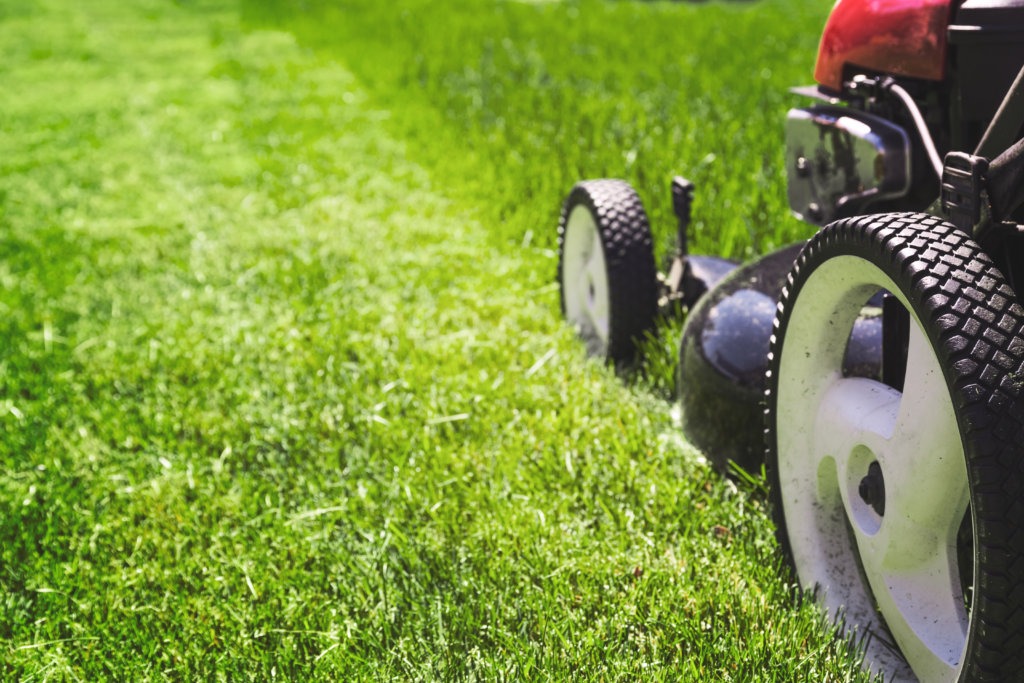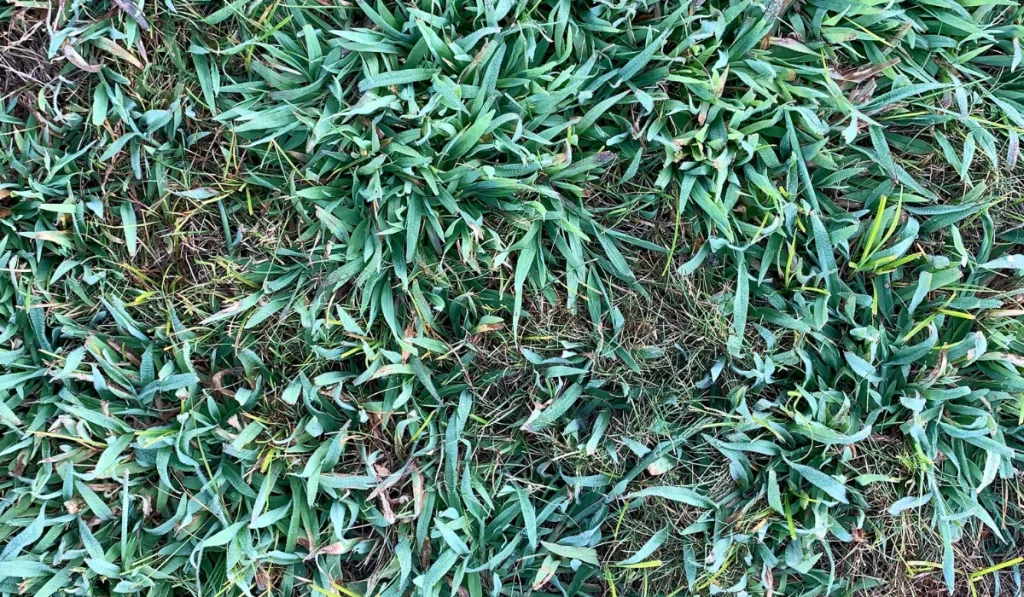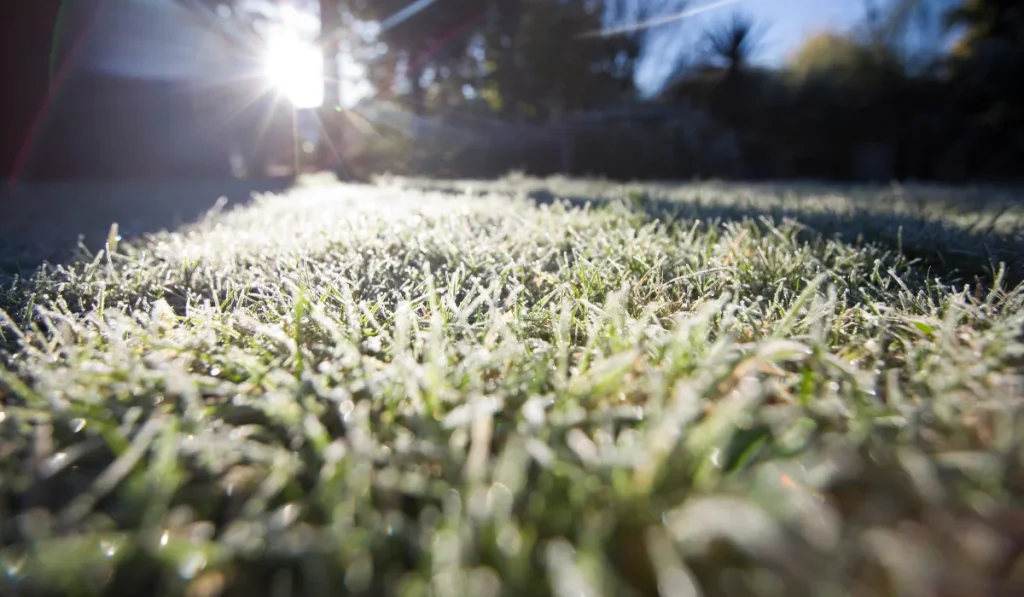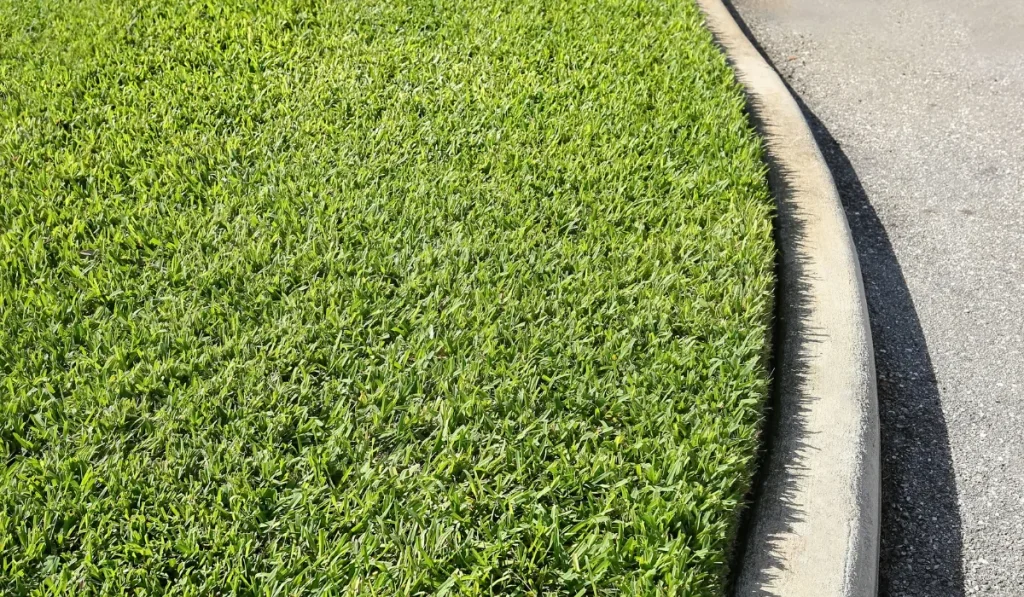We all want our lawns to look as lush and green as possible. After all, there’s no better place to entertain your guests and enjoy the beauty of the great outdoors than in your backyard!
However, knowing exactly how to keep your lawn green is easier said than done. If you’re looking for helpful tips on how you can keep your lawn healthy even amidst the scorching heat of the summer sun, this post should tell you everything you need to know.
Test Your Soil
The first step you need to take to secure a healthy, green lawn is to figure out your primary issues. Once you know what kinds of problems your grass is up against, you’ll be able to combat them directly and work toward long-term solutions.
Do you have weeds? Pests? Diseases? Take a long walk around your property to see what kind of issues might need to be addressed. You may need to use a herbicide, pesticide, or fungicide on your lawn to get rid of any pressing problems.
Then, test your soil. Contact your local extension field office and get a soil-testing kit. You can also order a testing kit online and take a sample yourself if that’s more convenient.
Extension offices are departments located in local counties and universities. These offices are run by university employees and volunteers that are experts in local crops, landscaping, soil, gardening, pests, and more.
When you test your soil, you’ll be able to get an idea of various factors affecting your lawn. You’ll get a complete nutrient profile, allowing you to address any nutrient deficiencies. This will help you figure out what kind of fertilizer (if any) will be best for your grass.
You can also conduct a soil test that will analyze the structure and pH of your soil. If your soil is overly acidic or alkaline, you might have a hard time growing healthy grass. Similarly, suppose your soil is too sandy or has too much clay in its composition. In that case, a soil test will allow you to amend and potentially even aerate it so that you can make the most of your fertilizing and watering regimen.
Get To Know Your Grass
If you want to grow a green, healthy lawn, you need to know what you’re working with! Start with the soil, as we mentioned above, then work your way to the grass type.
For most of us, grass is just grass. However, few people realize that there are dozens of different types of turfgrasses, and what you have growing in your backyard could be one of those types in isolation or a combination of many kinds of grasses.
There are generally two main types of turfgrass. Warm-season grasses perform well in warmer climates (like the southern portions of the United States). Cool-season grasses thrive in areas that experience harsh winter weather (like the northeast and Pacific Northwest).
Some examples of warm-season grasses include:
- Zoysia
- St. Augustine
- Centipede
- Carpetgrass
- Bermuda
- Bahiagrass
As for cool-season grasses, you may find yourself growing:
- Bentgrass
- Tall fescue
- Bluegrass
- Creeping red fescue
- Ryegrass (annual or perennial)
If you live in the “transition zone,” or somewhere that’s not quite northern but not entirely southern either, you might want to consider a drought-tolerant cool-season grass such as tall fescue. Another option is to go with a winter-hardy warm-season blend made with species like Bermuda, Centipede, or Zoysia.
If you’ve inherited your lawn from previous homeowners, you might find that your lawn has a blend or mixture of different species of grass. That’s not a bad thing – in fact, it’s something to be desired. The right seed mix can help your lawn adapt to the unique conditions of your site.
Are you planting a lawn for the first time? Again, a blend might make sense. If you don’t get a lot of sunlight where you will be growing your lawn – most grass needs about four hours of direct daily sunlight to thrive – use fine or tall fescue in your mix. These handle dappled light and a bit of shade better than other species.
Sow seeds with a spreader to ensure uniform growth.
In some cases, it may make sense to reseed. An older lawn might have a grass type that doesn’t handle the heat well, or it might grow in bunches or have thick, unattractive blades. Hot summers can also leave bare or thin spots around the lawn.
There are all kinds of newer grass types that have been developed to handle the heat and dry weather with ease. Choose a variety of grass that works well for your climate and overseed or reseed your existing lawn.
Nail Your Watering Schedule
Watering often is essential, but you need to make sure you hone in on precisely the right time and frequency to irrigate your lawn. If you water too frequently and do it at a shallow depth, this will encourage the grass to develop short, fragile roots.
The problem with this?
When the weather turns hot and dry, your grass is going to become stressed. It can’t handle the pressure of dry spells since its short roots aren’t capable of tapping deep into the soil for extra moisture.
According to Gene Barrow, president of SodLawn, the “watering schedule is number one! If you don’t water properly, with consistency, the proper amount, and proper frequency, the entire process is doomed and will not survive in the long term. Consistent watering allows the plant to naturally grow through the year… this gives the lawn the ability to do well in the heat when the environment is stressful.”
Provide your lawn with around an inch of water per week. Some grass types may require slightly more while others require less, and don’t forget to factor natural rainfall into your equation, either.
The best way to water is to soak the grass at infrequent intervals. This mimics the pattern of natural rainfall and encourages the plants to develop deeper roots. Give your lawn a heavy soaking every two to three days. Pay attention to where the water goes to avoid runoff or watering pathways or pavement.
Timing is everything. Water as early in the morning as you can, ideally between 2 AM and 10 AM. This schedule will ensure that the water is fully absorbed by your grass instead of causing it to be wastefully evaporated away by the heat of the midday sun.
While you can always water in the late afternoon or evening hours, it’s best to avoid this practice. Watering late in the day leaves moisture on the grass blades overnight, which can cause fungal problems later on. Give your grass time to dry out by watering first thing in the morning. If you’re not an early bird, don’t sweat it – that’s what they make automatic sprinklers and timers for!
Mow Consistently and At The Right Height
Mowing the grass too short can cause severe damage. It leaves your lawn scorched to the point where it might not be able to recover.
For the most part, you’re going to want to mow high. When you cut your grass too short, you’re shortchanging its ability to grow. Longer grass will allow roots to grow longer, too, making it easier for them to reach deep down into the soil for moisture – even on the hottest, driest days of summer.
Set your mower to one of the highest settings. Ideally, you should not mow your grass any shorter than three to three and a half inches (or cutting more than a third of its height at once). You can mow more frequently to make up for the added height.
It may take you some time to get used to how it looks, but it will make a massive difference in the health and greenness of your lawn. Plus, if you cut your grass at a higher height, you won’t have to water as frequently. Bonus points there!
Most of us know that mowing, watering, and fertilization are essential steps to take to grow an attractive, healthy lawn. Yet, almost all of us are guilty of overlooking proper lawn mower maintenance when it comes to caring for your grass and keeping it green.
Believe it or not, properly caring for your tools before, during, and after the growing season makes a huge difference in how your grass looks.
According to a lawn care professional at ARB & Grounds, one of the most important things you can do is to sharpen your mower blades. This is, “…something that’s often overlooked. Regularly check your lawnmower blades and sharpen them two to three times a year, as a dull blade will hack your grass and turn the tips yellow.”
Good to know!
Aerate Before Fertilizing (Sometimes)
Your lawn needs to be able to breathe. An aerated lawn is better at absorbing water and nutrients, meaning you can reduce water and fertilizer waste.
An easy, economical way to aerate is by using a garden fork. You’ll push the fork into the ground at one-foot intervals. If you have a larger lawn for which this kind of manual work is impractical, you can rent an aerator.
In some cases, you should aerate before fertilizing, but this may not make a lot of sense in other situations. The goal of aerating before fertilizing is to ensure that the holes in the turf caused by aeration are swiftly filled with new grass. Because of this, you should only aerate when the lawn is in its active growing season.
For warm-season grasses, you will want to aerate in early summer and then fertilize right afterward. If you have cool-season grasses, most of your fertilizer will be applied from late summer through the fall months, so it makes more sense to aerate in the fall. You can aerate warm-season grasses in the fall, too, but you won’t see quite as many benefits.
Aerating before fertilizing allows for more oxygen and nutrients to get into the soil, as we already mentioned, but you should never aerate dormant lawns. Aerate when the soil is moist from irrigation or rainfall from the day before, and make sure you always aerate compact or clay soil before you fertilize so the nutrients can get to deeper roots.
You don’t have to aerate before fertilizing, especially if your soil is already relatively loose. Use your best judgment!
Feed Your Grass With Fertilizer
Fertilizing is vital for healthy, green grass. Unfortunately, you’re going to need to do it more often than you might think. It doesn’t matter whether you are using a synthetic or an organic lawn fertilizer.
Within just six to eight weeks of initially feeding your lawn, the microbes in the soil have processed most of the nutrients and made them available to your grass. That means it’s time to replenish those nutrients with another feeding!
The amount of time between feedings will vary slightly, with the rates of absorption differing based on your grass type, soil quality, and other factors. However, aim to fertilize once every month and a half or so for the best results.
Fertilizing helps your lawn grow in thick and can crowd out weeds – so don’t assume that you’re feeding the weeds when you fertilize your lawn. If you use the right fertilizer, you don’t have to worry about the temperature in most cases. That said, if your lawn has already gone dormant due to the heat or dry weather, you may want to hold off on fertilizing until you get some heavy rain. This will help revitalize it.
Conclusion
Are you ready to start growing a lawn that becomes the envy of your neighbors? There’s nothing like a gorgeously green lawn to add serious curb appeal to your home – so what are you waiting for? With these tips, you can keep your lawn green from spring till fall – even in a drought!
Related: How to Stripe a Lawn (It’s Easier Than You Think)
Related: Month-to-Month Calendar for Lawn Care in California



